6 Spring Activities for ESL Classrooms to Build Oracy, Vocabulary, and Grammar Skills
As ESL teachers, we’re always looking for creative ways to foster language growth while keeping our students engaged. With the challenges that come with teaching English language learners, it's essential to build routines that help reinforce key skills in a fun and interactive way. One strategy I’ve found to be incredibly effective is incorporating simple, ongoing weekly activities into my lesson plans. These routines target specific areas like vocabulary, grammar, and speaking skills, making it easier to support the diverse needs of our students. Best of all, these activities are easy to implement!
6 Spring Activities for ESL Classrooms to Build Oracy, Vocabulary, and Grammar Skills
In this blog post, I’ll share five spring-inspired activities that you can integrate into your classroom. These activities are perfect for newcomers and will help build oracy, strengthen vocabulary, and sharpen grammar skills—all while keeping your students motivated and excited about learning.
***Disclaimer: In this blog, the terms ESL students (English as a Second Language), ELLs (English Language Learners), and ML (Multilingual Learners) are used interchangeably. While “Multilingual Learners” is becoming the more widely accepted term, “ESL students” and “English Language Learners” are still commonly used in various contexts. My aim is to be inclusive and clear to all readers, regardless of the terminology they are familiar with.
1. Establish a Predictable Routine: ESL Morning Calendar and Vocabulary Activities
A simple but powerful way to set the tone for the day is by using a morning routine that includes a calendar activity and vocabulary practice.
This routine can incorporate a variety of language-building tasks such as counting, understanding dates, learning idioms, and practicing sight words.
Not only does it create consistency, but it also gives students a structured opportunity to engage with language in a meaningful way each morning.
This routine is particularly effective for building vocabulary and reinforces language concepts that students will use throughout the day.
Whether you're focusing on the days of the week or introducing a new idiom, these short activities help newcomers develop confidence in their language skills from the moment they walk into the classroom. Read more about digital calendar morning routine.
2. Give Students Ownership of Their Learning
As you introduce weekly routines, students begin to feel more comfortable and confident with their language abilities. By providing a predictable structure, you allow them to know what to expect, which helps them engage more independently with the material. As these activities become a regular part of your classroom culture, you’ll notice that students need less prompting and can transition between tasks more smoothly.
The familiarity with these routines also means that students can start taking more responsibility for their learning. They know the expectations, understand the process, and can even help guide their peers when needed. This sense of ownership fosters confidence and greater language development over time. Read more about the gradual release of responsibility also known as the "I Do, We Do, You Do" framework here.
3. Mini Grammar Lessons: Micro-Learning for Maximum Impact in ESL Classroom
Grammar instruction doesn't have to be a long, drawn-out process. In fact, I find that short, focused grammar lessons are extremely beneficial, especially when students need extra practice in specific areas. For example, you can teach present continuous by having your ESL newcomers describe images or photographs.
Then, students can practice building their own sentences using this structure.
Your intermediate students can practice sorting nouns and verbs and use them to play vocabulary games. Check out my blog post about spring/ Easter themed vocabulary games here.
For more advanced ELLs, a lesson on past simple tense can involve sorting seasonal verbs into regular and irregular categories. By focusing on one grammar point per week, students are able to build a solid foundation and understand grammar in context, which makes it easier for them to apply what they've learned in their speaking and writing.
4. Idioms: A Fun Way to Expand Cultural and Linguistic Understanding
Idioms can be tricky for language learners, but they also offer a fun and engaging way to expand students' vocabulary. I recommend introducing one idiom per month as part of your morning routine. To help students truly understand the meaning and usage of each idiom, they can create visual representations of it. Have students divide a page into four quadrants: one for the idiom, one for its definition, one for a sentence using the idiom, and one for a new sentence or scenario they come up with using the same idiom.
This technique not only reinforces the idiom’s meaning but also gives students a chance to practice using it in different contexts. By the end of the month, students will have internalized the idiom and will be able to use it naturally in their daily conversations.
5. Seasonal Vocabulary: Fun Games
Spring is the perfect time to introduce seasonal vocabulary to your students. Whether you're focusing on topics like “springtime,” “Easter,” or “gardening,” thematic vocabulary helps build both oracy and literacy skills. For one week each month, focus on building vocabulary around a specific theme, and integrate these words into your morning routine.
During your writing workshop, newcomers can practice building sentences using themed vocabulary cards with prompts such as "Who," "What," and "Where." This approach allows them to use the new vocabulary in a structured way while developing sentence-building skills.
For your intermediate students, you can provide vocabulary word banks, sentence starters, or paragraph frames to help them write simple seasonal stories. These tools guide their writing and encourage creativity while reinforcing the seasonal vocabulary.
To further reinforce learning, students can trace, write, and practice reading the new words. Incorporate vocabulary games like "Write the Room" or "Who Has?" to make the learning process more interactive. These activities not only help students practice the new vocabulary in context but also make the process enjoyable and engaging.
One great technique for engaging young learners is Total Physical Response (TPR), which integrates movement with language learning. You can give students a picture of a seasonal scene (e.g., an Earth Day-themed picture) and give short, simple directions that they must follow.
For example: 1. "Write your name with a green crayon."2."Color the girl’s hat any color you want."3. "Pretend you are holding a recycling bin too. Walk around like you're picking up trash!" This TPR activity benefits students in several ways:
- Practice active listening: Students need to listen carefully to the directions and follow them in real time.
- Practice following step-by-step directions: The activity encourages students to process instructions and complete tasks in sequence.
- Target fine motor skills: Drawing, coloring, and moving around the room help develop students' fine motor coordination.
- Build oral language: As students respond to commands and describe what they are doing, they practice speaking and using new vocabulary.
- Enhance memory and comprehension: TPR enhances students' ability to retain information because they associate the movements with the language, reinforcing memory through physical activity.
6. Weekly Review Activities and Monthly Sight Words Games in ESL Classroom
In addition to thematic vocabulary and writing activities, it’s important to incorporate brief, daily review sessions to reinforce phonics. I recommend setting aside five minutes each day for quick review exercises.
On Mondays, introduce a set of spelling patterns words. Model reading, sorting /matching them. If you have CVC word set, students can sort them by a short vowel, or by a category (person, place, thing) . And throughout the week students practice using these words. For example, students can illustrate a word, use it in a sentence, or even practice ordering CVC (consonant-vowel-consonant) words alphabetically. These short activities help solidify their understanding and keep them engaged with the material.
On Fridays, consider adding a bit of fun with a phonics-related board game.
These games can be both educational and enjoyable, offering a great way to wrap up the week and let students practice the vocabulary they’ve learned in an interactive way.
Another key focus area is monthly sight words, which I introduce each month to help newcomers build fluency. Sight words can be particularly challenging for English language learners, as some are decodable while others must simply be memorized. As part of my morning routine, I display a new sight word on the whiteboard, often paired with an image that illustrates its meaning. Together, we create a sentence using the word, and I may even add a translation to ensure clarity.
Throughout the week, we review these sight words by reading them chorally and using them in various contexts. During independent reading time or for homework, I assign a "sight word detective" task where students search for specific sight words in their books and place a post-it where they find them. By the end of the week, students can share their discoveries, reinforcing their understanding and providing an opportunity for peer learning.
You can also incorporate color-by-code CVC/phonics puzzles as an interactive way to review phonics patterns and CVC words.
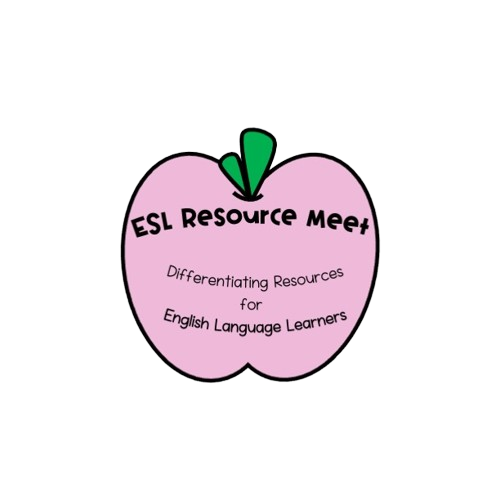





















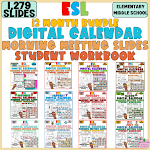


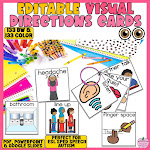





































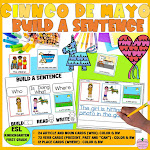







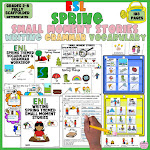




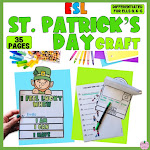
















































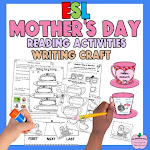
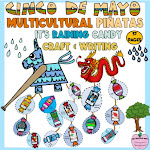
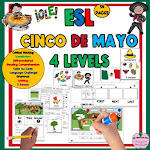
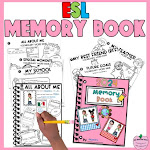




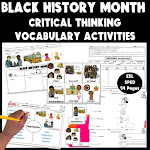



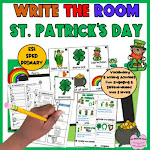
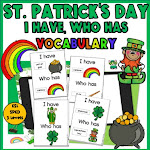
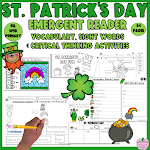



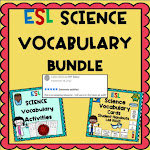




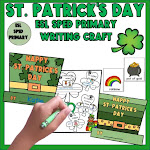

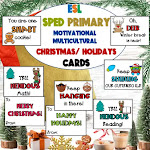


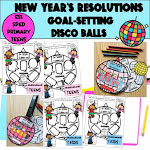
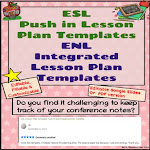




0 Comments